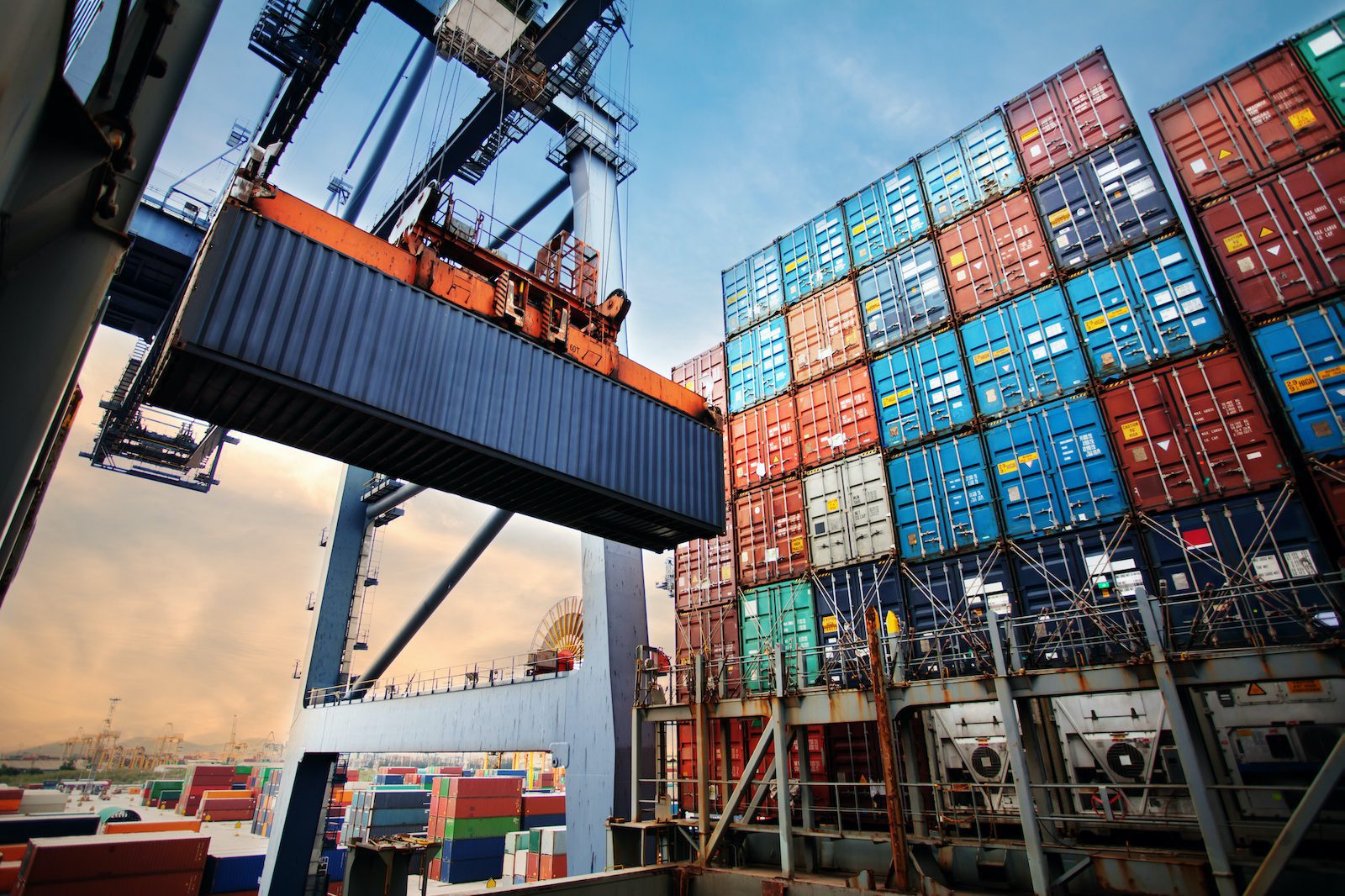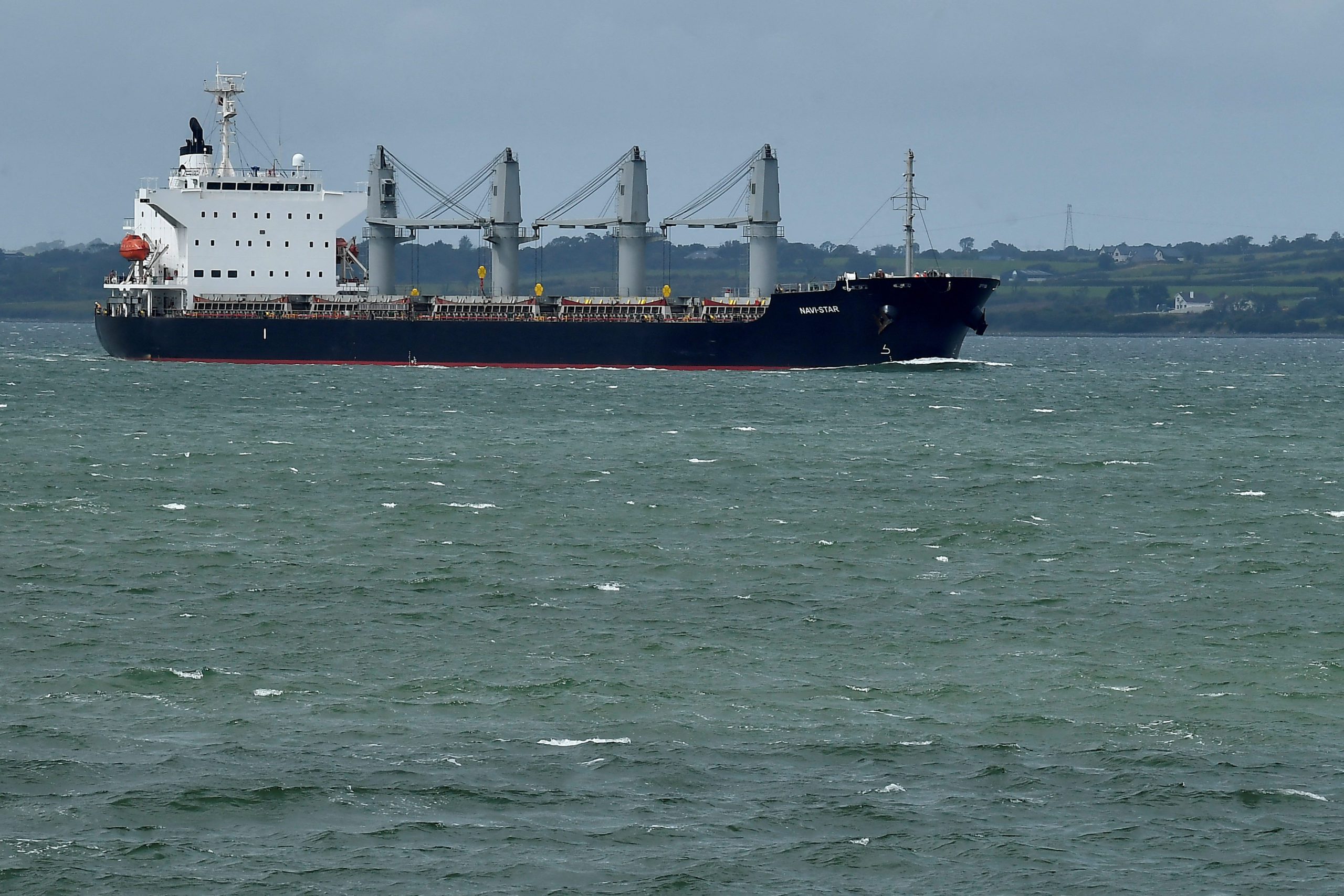Container lessors and ocean carriers ordered a record number of containers in 2021 as congestion across global supply chains kept equipment tied up for longer, according to a new report from Drewry.
Drewry says this ordering has contributed to a container surplus in the global equipment pool, but the surplus should be maneagable by the industry.
In 2021 the global pool of shipping containers increased by 13% to almost 50 million TEU— three times the prior growth trend—as lessors and carriers ordered a record number of boxes while also retiring fewer aging units, according to Drewry’s Container Census & Leasing Annual Review & Forecast 2022/23 report. But with supply chain congestion, containers were an estimated 15% to 20% less productive than in pre-Covid-19 times.
Drewry estimates that each container averaged 18.1 lifts in 2021 compared with 19.2 in 2020 and between 19.5 and 20.6 in the 2010s. Moreover, the number of containers per slot of vessel capacity increased by 8% in 2020 when the pandemic started and remained at this level throughout 2021.
Drewry further estimates that there now exists a container surplus of as many as 6 million TEU, but although large by historic standards, Drewry considers the surplus to be manageable with new IMO emissions regulations coming into force and few orders in the coming years.
“The delivery schedule of new ships is very strong with slot capacity expected to increase by 3.6 mteu in 2023 and by over 3.9 mteu in 2024,” said Drewry’s head of container equipment research John Fossey. “With new IMO emissions regulations coming into force in January 2023 forcing some ships to sail slower, much of the surplus equipment currently in service is expected to be absorbed. In addition, there is evidence to suggest that some carriers are planning to have more buffer stock in their equipment pools, while fewer new containers will be built in the next two years.”
Drewry forecasts that output in 2022 and 2023 will be much lower than last year, at 3.9 million TEU and 2.4 million TEU, respectively, with replacement accounting for most of the orders.
While newbuild and second-hand prices will fall, a return to the very low prices of 2019 is not anticipated as manufacturers are expected to manage their capacity and pricing strategies very carefully, Drewry said. Meanwhile, the secondary market also remains robust and there are also expanding uses for ex-trading containers.
“Looking ahead, ocean carriers will be the main buyers of equipment over the next two years with lessors then taking control again, raising their share of the pool to 54% by 2026,” added Fossey. “Moreover, per diem rates and investment cash returns will general be higher over the forecast period than in the past five years.”
Somewhat related, Drewry in June said shipping’s use of “smart” containers is expected to explode by as much as 800% over the next five years as operators and cargo owners seek to increase cargo visibility amid disrupted supply chains and congestion

 Join The Club
Join The Club











